You will need:
- One cup per student
- Enough jelly beans for about 10 per student
- Plastic ice cream tub

Separate the jelly beans into black and coloured ones.

Calculate the percentage of black jelly beans by dividing the number of black jelly beans by the total jelly beans and multiplying by 100. Write down your result. If you like, you can create a graph of jelly bean colours.

Hand out a cup and five jelly beans for each student.
Students pick out only two of their favourites from these five (yes, they can eat them, or just put them aside).

Return the remaining three jelly beans to the ice cream tub with the rest of the jelly beans.

Repeat this three times. Each student (predator) should have preyed on six jelly beans. Count up the remaining beans, and calculate again the percentage of black beans. If you like, graph your results.
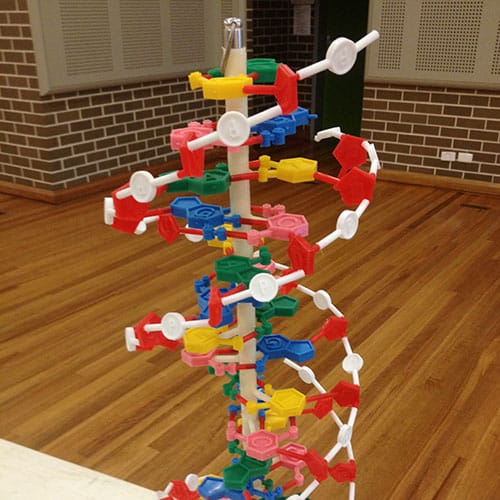
School science visits since 2004!
– Curriculum-linked & award-winning incursions.
– Over 40 primary & high school programs to choose from.
– Designed by experienced educators.
– Over 2 million students reached.
– Face to face incursions & online programs available.
– Early learning centre visits too!
More Information
Black beans have a great survival strategy
…as many people dislike the aniseed taste (check the web, there are forums and groups dedicated to the subject!). The natural selection in this case is the students’ preference for non-black beans. More black jelly beans therefore survive predation, or selection, by students.
Luckily black jelly beans are unable to pass down their traits to the next generation!
Teaching about biology? From Plants for Life and Human Body to Digital Microscopy, we’ve got your unit covered!
Get in touch with FizzicsEd to find out how we can work with your class.
Human Body
Years 3 to 6
Maximum 30 students
School workshop (NSW only)
60 or 90 minutes
Online Class Available
STEM Full Day Accelerator - Primary
Designed from real classroom experiences, this modular day helps you create consistently effective science learning that directly address the new curriculum with easily accessible and cost-effective materials.
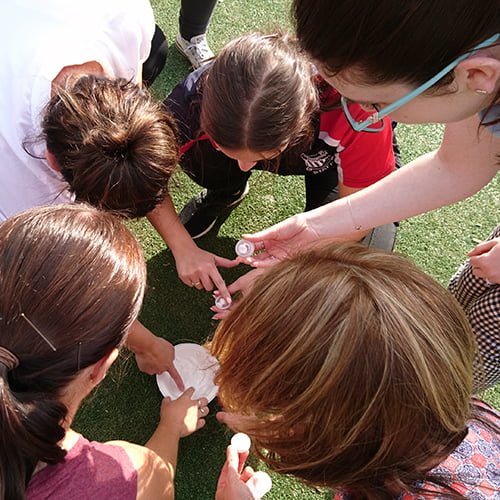
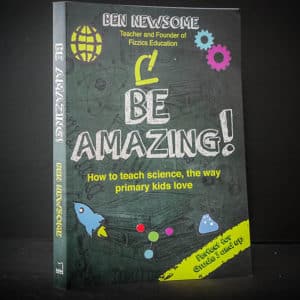



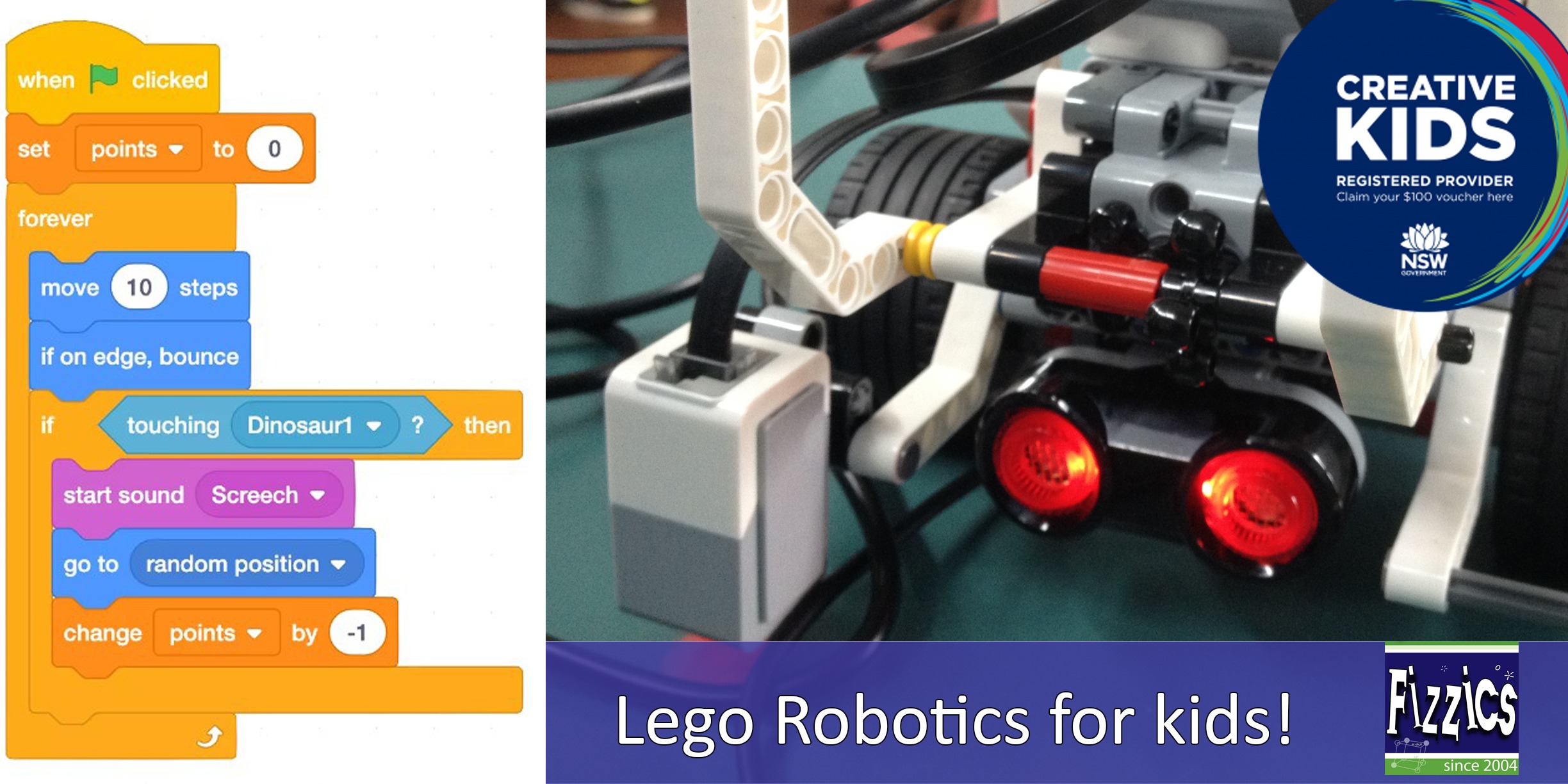
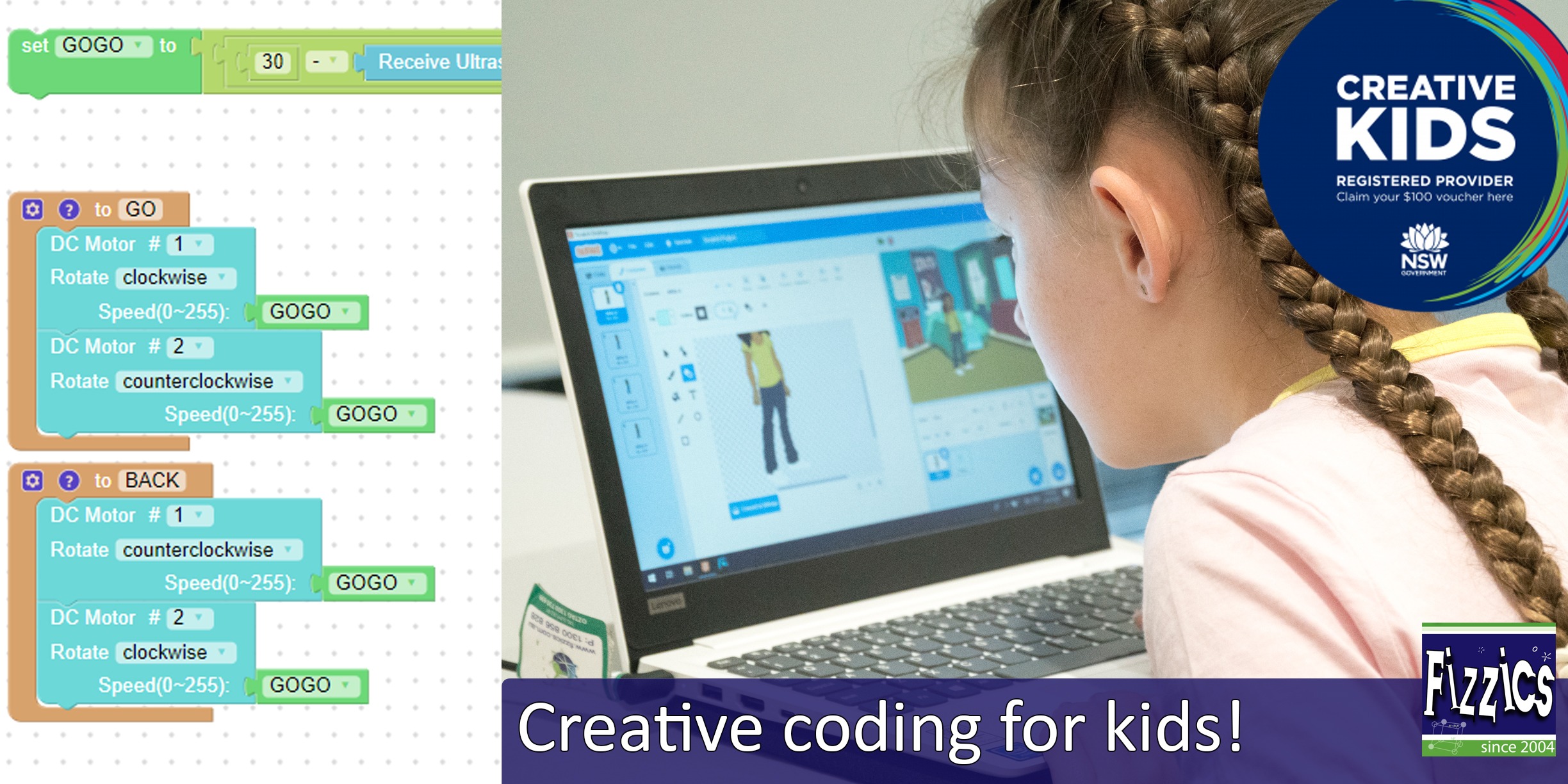
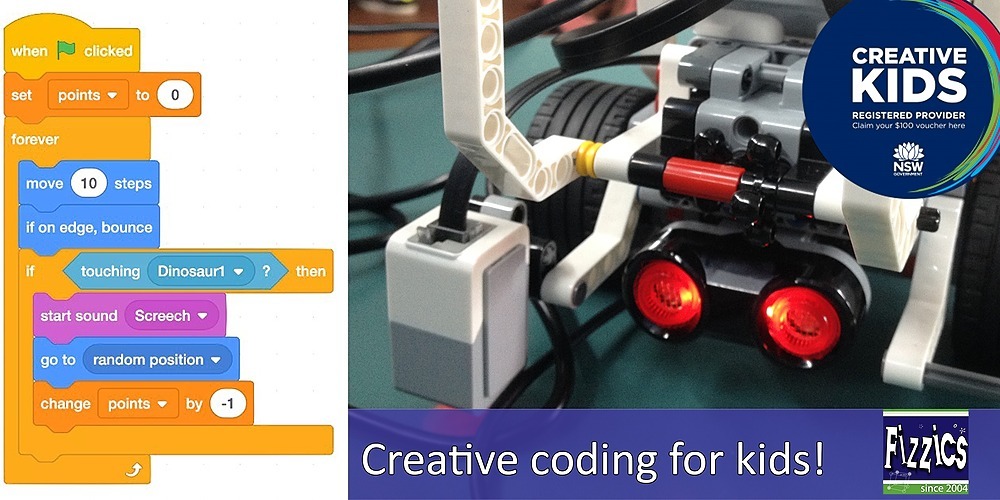


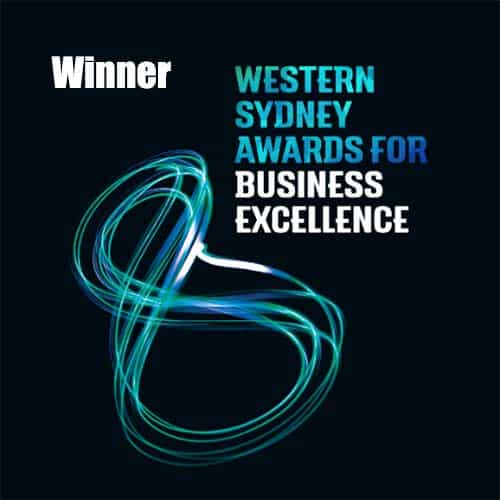
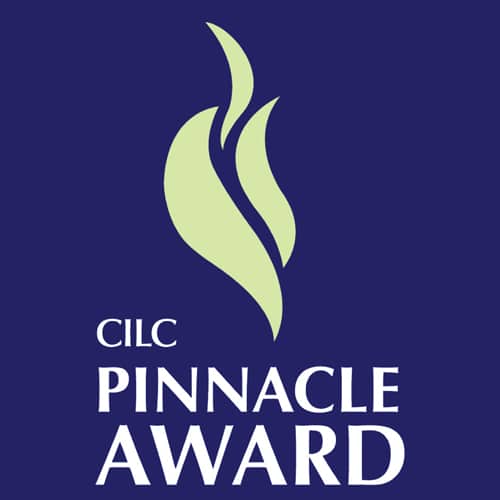

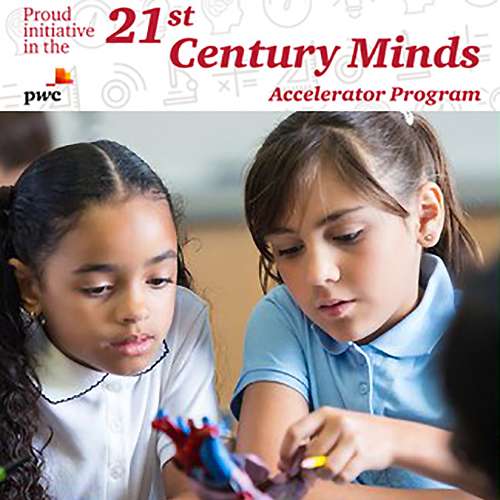
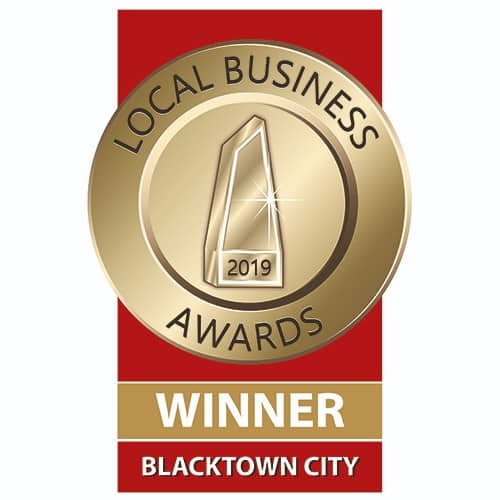
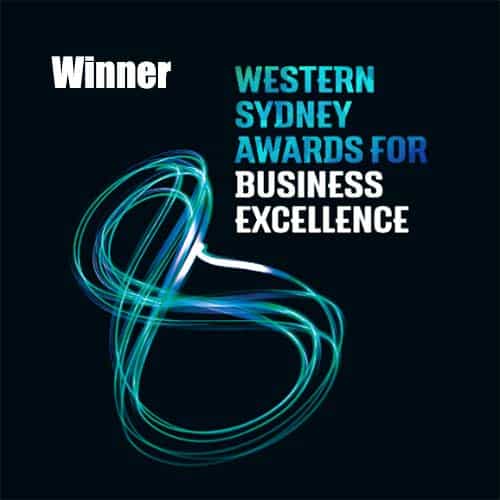
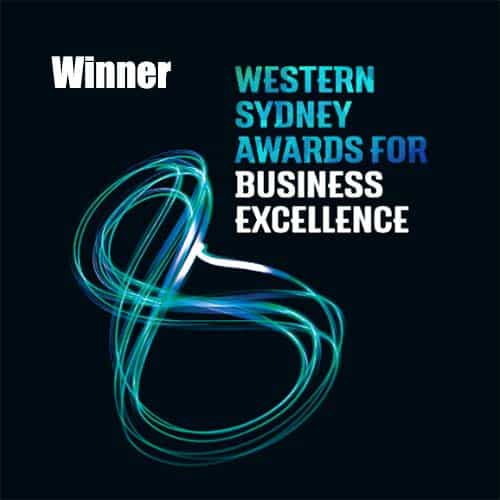
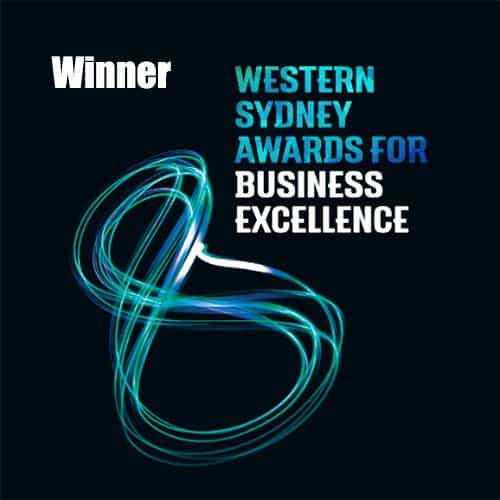
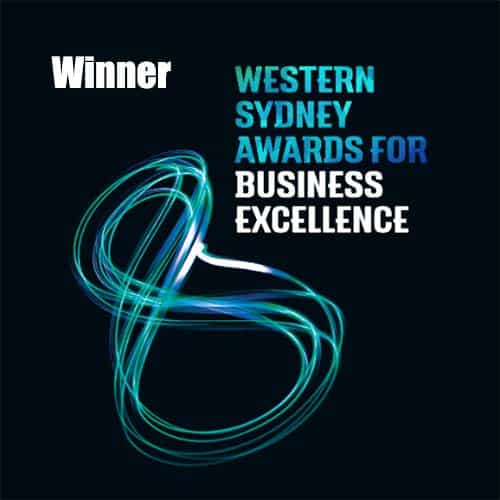
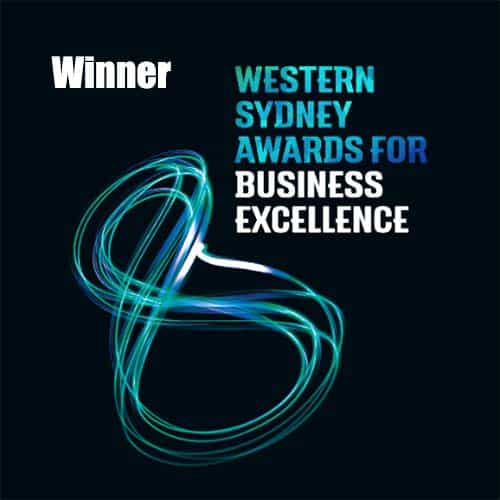
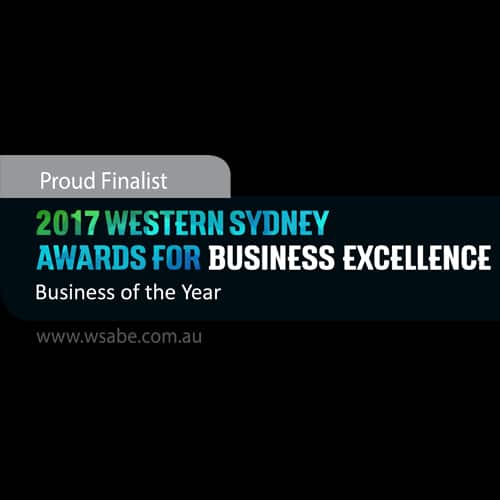
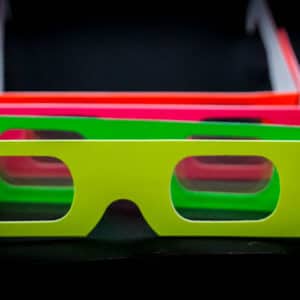



Comments